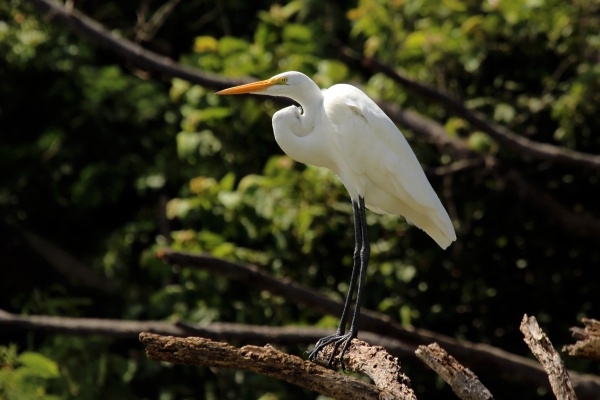Facts About Great egret
The great egret, also known as the common egret, large egret, great white egret, or great white heron, is a remarkable bird found across Asia, Africa, the Americas, and southern Europe. As a member of the heron family, Ardeidae, and classified under the genus Ardea, this bird has four distinct subspecies distributed globally.
Standing up to 1 meter tall with a wingspan ranging from 131 to 170 cm, the great egret is easily identifiable by its pristine white plumage, yellow bill, and black legs. Its diet primarily consists of fish, frogs, and small mammals, although it occasionally consumes reptiles and insects. These birds typically breed in colonies near water, laying up to six eggs at a time.
Thanks to successful conservation efforts, the great egret has rebounded from past population declines driven by hunting for their exquisite plumes. Today, they flourish in both temperate and tropical regions worldwide. Some populations are migratory, relocating to warmer areas during colder seasons.
Interestingly, great egrets have recently been observed nesting in the UK and Finland, suggesting an expansion of their breeding range. These birds play a vital role in their ecosystems by regulating populations of various aquatic organisms. However, they are also known hosts to several parasitic helminths.
Adaptable and resilient, great egrets can be found in wetlands and near water bodies in both urban and rural environments. With a conservation status of least concern, ongoing efforts continue to protect their habitats and ensure their populations remain stable.

 Bosnia and Herzegovina
Bosnia and Herzegovina